Often in the garden there are places that require ornaments from trudging flowers. In this case, pay attention to the plants - clematis. This culture blooms before most plants in the area and has a large number of varieties. After studying the information on the landing and the right care clematis you decide whether this culture is suitable for growing in your area or not.
Prince - Culture Description
The flowers of the princesses belong to the long-term culture of the Familic family. Quite often, in the similarity of the plant is confused with Clematis. The princes grow in the form of Liana. It can reach a length of up to 3 meters.
- In the culture, the leaves are directed in different directions that are located on stiffs with an elongated form. They easily fold the support and hold firmly, so they do not require garters. Flowers grow on the branches of single, in shape resemble a bell. Can reach in a volume of 10 cm. Flowers heads look down. A cup has from four to eight petals of different colors.
- Like most colors of the Lutikov family, the prince refers to poisonous plants. But at the same time, individual parts of the plant are often used in folk medicine. To harvest raw materials, you need to have special knowledge of the collection and storage of this medicine. Culture is also widely used in landscape design for variety of varieties and various petals color.
What is the difference between the Liana Prince of Clematis
- Princeness are considered to be relatives of Clematis. But they are allocated to a separate group of Clematis - "Principles" or "Atragene". Distinguish the plant from Clematis is very simple. The prince has petals, and Clematis does not have them. Stem from the prince is rustic, the leaves have a triple shape.
- Depending on the species, the princes bloom early, more often in April-May. Some varieties can re-blossom, but only at the end of summer. Lesse flowers than Clematis. May have a semi-world or terry form, medium or small size.
- The agricultural enterprise of the prince's growing is largely similar to Clematis, but at the same time it has differences. For example, Clematis are growing only on solar sites in the garden, and the princes feel great in half. Some princess varieties are frost-resistant, so do not need to cover for the winter.
- When buying a prince seedlings, it is necessary to clearly define its differences from Clematis. This will help you the video below.
Princess - Photo in the Garden
Princess - Culture Varieties
Among the princes, modern nerds allocate only 8 varieties of the plant. They, in turn, have varieties that have more than a hundred. Not all types and varieties of the prince are found in the sections of Russian gardeners. The following varieties of culture are most popular.
Prince White or Siberian
- Liana grows in a height of up to 3 meters. Leaves have a double color. They are dark green from above, and the base at the base becomes more flexible. Flowers at the prince of white or slightly yellow shade. Form resemble a dumped bell of four petals. Blooms the plant in the summer, but maybe repeated bloom in the fall.
- This kind of prince is interesting to gardeners by the fact that the flowers leave fruit after his flowering. They possess the original form in the form of seeds that have decorative value.
Prince Alpine
- Lenana length is only 2 meters, but culture is distinguished by rapid growth. Alpine Prince's Leaves are divided into 3 parts, each of which has gear edges and an oval shape. The length of the leaves can be from 2 to 5 cm. The top of the leaves is omitted.
- Liana blooms only 2 months: May and June. In most cases, this type of princes has blue or purple blossom, but there are views with white or pink flowers. Bud is fastened on a long flowering, formed in the form of four petals.
- Alpine Prince's varieties belong to Lianam with a weak-poisonous action. In some countries, the plant is listed in the Red Book (protected by law). The plant is growing rapidly at sunny places in the garden, but without drafts. For growing needs a support.
Prince Okhotsky
- Liana produces three leaves of the elongated form, which consist of two, three parts or completely separated. Flowers grow on a long blossom, consist of four, six or eight petals, have purple or blue blossom. Liana blooms at the beginning of summer.
- This kind of prince is used in medicinal purposes. It is often grown in park areas for its decorative value. The plant loves half and fertile soil. In horticulture is often used by the variety of the prince "Carmine Rose" with gentle pink flowers.
Prince Lemon Dream
- The most popular variety among princes, which has terry blossoms of soft lemon colors and large size. Each bud can have up to 15 thin petals and blooms in May. Blossom is repeated in summer, but not so abundantly.
- Unlike other species of the prince, this variety has very beautiful leaves with a dark green color and gear edges. Liana grows up to 3 meters, does not require garter. One of the frost-resistant varieties of the prince, unpretentious in care, loves the sun and half.
Princehiki - how to buy seedlings
Since the culture is long-term, then for the first landing in the garden, use kernel seedlings. Subsequently, you can propagate the plant with cuttings or chains. Preference to those nurseries that are in your area. So the prince's variety you selected will be adapted to the conditions of growth and easy to fit.
Often, gardeners choose seedlings in containers or pots. Such plants during disembarking will save the root system without damage. But in this case, you will not be able to estimate the quality of the roots. Therefore, choose seedlings with an open root system.
Healthy roots of plants elastic, do not burst when twisting. The root system is wet, the upper surface of the roots should be without cracks. The bark in a healthy seedling is smooth without mechanical damage. Flexible processes are easily returned to the previous position. When buying, choose plants with alive kidneys.
Prince - choice of place, soil preparation and landing
This type of Clematis will not require significant efforts from landing and preparing the soil. But at the same time, there are a number of conditions, subject to which the princes will delight you with their flowering for many years.
Choosing a place to grow prince
- First, determine the place for the cultivation of the princes. Culture loves a large amount of light, but the direct sunlight hit can provoke the grinding of flowers and leaves. Therefore, for the princes, choose the half and avoid the sun.
- The plot in the garden should be protected from drafts and wind. Otherwise, the strong flow of air will tear the delicate flowers of the plant, as well as injure leaves and young processes. For princes, prepare fertile soil with low or neutral acidity.
- If the princes are planned to be grown near a solid vertical wall or surface, then choose places from the eastern, southern or south-western part of the site. As a support for Liana, a mesh, fence or pergola is well suited.
Soil preparation for prince
- Special requirements for the composition of the soil for landing of the princes are not. For cultivation of culture, avoid areas with lots of moisture (wetlands or close to groundwater). Otherwise, provide a place to grow the princely quality drainage system.
- For the growth of culture, Suglink is well suited. If you have clay soil, then dilute it before boarding it with river sand. Also follow the acidity of the soil. It is possible to reduce it with the help of mawed lime.
- The soil should be loose. It is capable of passing air, which will saturate the root system with oxygen. Also loose soil passes water, which will not give her to stay near the roots and the plant from fungal diseases will save.
- Plot for landing is preparing in advance. If you plan to land the princes in the spring, then in the fall thoroughly pump the soil. At the same time, remove the remains of previous plants and weeds. Make fertilizers based on phosphate, and be sure to add preparations with potassium. Soil leave up to spring.
- A month before the attachment of the princes of the soil is drunk again, part of the earth from the wells is removed. This primer is mixed with humid and nitrogen-containing fertilizers. To prevent fungal disease, add several glasses of wood ash. When planting plants in autumn, the soil is prepared in the spring.
Planting Knyazhikov
The usual time for landing the princes is spring. But some gardeners prefer to plant culture in the last summer months or at the beginning of autumn. For the middle strip, it is best to plant prince's seedlings in May.
- When planting a culture near buildings, the distance from them to the hole should be at least 30 cm. If you want to plant a living fence, then do the distance between the plants in the range of 1.5-2 m.
- For disembarkation, select the most stronger seedlings of the two-year-old age. The shoots located above the kidneys of the second pair should be trimmed by a secateur. Right in front of the disembarkation of the prince's seedlings, soak for 7-10 minutes in a weak solution of manganese. Then dry and cut the ends on the central root process.
- The Ludank for planting should be height and width no more than 60 cm. On the bottom of the pit, a decade-cated layer of drainage is stacked. It may be rubble, brick or vermiculite. A small amount of soil is falling asleep from above. Make a small holmik from it.
- Seedling place vertically, put on the exaltation, root the root system in different directions. Plant prepared soil around the stem. At the same time, carefully follow the location of the root cervix. It should go deep into Earth by 5-7 cm. Two-year-old seedlings and 12 cm. Perennial plants.
- To subsequently avoid fungal disease of the plant, while planting seedlings around the root cervix to put river sand. Pre-mix it with wood ash and crushed charcoal at the rate of 250 g. Each means on the sand bucket. Toppass a mixture with a solution of manganese with a concentration of 25 percent.
- The edges around the Liana place in the form of a hole, water with warm water and climb. Use a straw, peat or sawdust as a mulch. Next, install the support with a pencil thick. Steel gently straighten and tie to the raids.
Princehiki - Curply Care in Open Ground
Princess is an unpretentious plant, so the care for it is minimal. But there is a feature in leaving the culture. It is different, depending on the age of Liana. It is also necessary to carefully carry out the planting of the plants in order to accidentally not remove the fruitless processes.
Watering and loosening of prince
- The princes do not like excessive moisture, so it is important to monitor watering. So adult plants need watering 1 time per week, and in dry days it should be increased to 2 times in 7-10 days. During the formation of buds and blossoms, it will also increase watering, but a month before the shelter for the winter will completely stop it.
- For young plants, especially in the first year after landing, the irrigation scheme is different. So in the first months of the soil must be all the time moistened, but without water stagnation. Then watering should be provided 1 time in 4-5 days. If the plant is planted on the elevation, then moisturize the soil as needed.
- After each portion of watering and heavy rain, the soil should be carried out. After 2-3 days after the complete absorption of moisture, treat the soil with garden inventory. Not too deeply immerse him not to touch the root system. Then the soil is carried out.
Important! During loosening, remove weed plants, do not allow their reproduction. Weeds not only take nutrients from the cultural plant, but are carriers of garden diseases.
Making fertilizers for prince
The feeders need a prince for active growth, abundant flowering and forming a strong root system. Therefore, fertilizers are divided into 3 parts. For the first time, use fertilizers in the spring, during the formation of kidneys and leaves. The second feeding is required at the stage of appearance of buds to provide a bright colors. The last time the feeding is made a month before the preparation of the plant to wintering.
For feeding, use organic fertilizers (coward, bird litter and urea) and mineral. At the stage of growth, add nitroammophos, before wintering - complex fertilizers. During the flowering period, it is recommended to use the organic. So the korovyak should be breeding in such a proportion: one part of the means is 10 parts of water; Bird litter divorces 1:15, and 10 g. The urea is used for every 10 liters. liquids.
Important! Fertilizers are made only at the roots, then plant abundantly watered. If you use dry preparations, then add them during the loosening of soil.
Proper pruning clematis
In addition to the removal of dry and damaged shoots after the winter should be a winter pruning. It is necessary not only to shape the vine, but also for its growth with abundant flowering. Therefore, pay special attention to this procedure.
- All varieties of clematis for the first time cut off the same way. Such pruning is carried out at the vines in the first year after planting in the fall (late October - early November). Before hibernation all sprouts are cut off at a distance of 30 cm. From the surface. It is important to keep the 3 live buds on each shoot. This procedure will allow the next year to develop a new plant processes.
- Adults vines should be pruned every autumn for the formation of a strong root system. Pruning is carried out for 20-30 days before the onset of cold weather. Typically, this period falls on the late autumn.
- For varieties of clematis, whose buds appear only on the last year's process, to carry out pruning should be very careful. Otherwise, you can trim the fertile shoots that would cause lack of flowering vines. Branches that have bloomed, cut off about a third of the length. The remaining stems are cut at a height of 1.5 meters.
- If you have a clematis variety with annual flowering on new shoots, then all stems are cut at a height of 30 cm. The next season will be new and strong shoots, which are formed buds.
- The leaves of clematis on their own do not fall down, so they must be removed during pruning. Also in the first year of growth all the buds on the vine should rip.
Important! After cutting each slice and shoots treat with fungicide to prevent fungal diseases. Also, the land around the main stem is sprinkled with ashes.
Clematis - a shelter for the winter
- Among the many varieties clematis allocated hardy varieties. They do not require the shelter for the winter. It will be enough to cover the roots of the fallen leaves, vine, however, remains on the support. But the seedlings in the first year of growth should cover the winter regardless of the class culture. They are still weak and can not withstand frost.
- After trimming and processing sections go to the measures to shelter plants. First okuchte primer main stem vines. The soil is completely dry. Permitted admixture of humus or peat. Top soil is covered with a covering material such as sawdust, peat or spruce spruce branches.
Important! Do not use the film to cover. It will prevent air penetration, from which the plant can cultivate and burn.
- If you are sure that your variety of princes with low frost resistance, then he needs an additional shelter from the cold. This is usually a variety with lush buds and abundant blossoms. Liana without leaves are neatly removed from the supports, stacked around the central stem and are sprinkled with river sand mixed with wood ash. The thick layer of sawdust or peat is stacked on top, then undercover material.
- For regions with abundant snowfalls, it is necessary to take measures for the Liana to be broken under the weight of snow. For this, before falling asleep sand, set small arcs above the branches. Or use wooden boxes with plenty of holes. Top of such structures is stacked by observer material.
Princess - Plant breeding methods
If you first decided to grow the princely in your garden, then buy seedlings in the nursery. They were already stunned and hardened. After the plant becomes an adult, you can move to other methods of breeding culture. These include: shilling, dividing bush and growing seeds. Each gardener can choose the most suitable way for itself.
The reproduction of the prince's cuttings
Princials easily multiply with cuttings. The processes quickly allow roots and easily rooted. For Chenkov, telect strong processes with one or two nodes. Cut them follows in the middle of summer. Make it with scissors or a secateur to leave a bark whole.
- The lower leaves are cut on the cuttings, the twigs are installed in water. When the roots are just started to appear, the prohibits are transplanted into a greenhouse. Ceramzite is used as soil. Prepare a container with a depth of 25-30 cm. Place a ceramzite with a thickness of up to 15 cm on the bottom., Flush the river sand with a layer of 8-10 cm from above.
- Saplings process the growth stimulator and fall out into the container. The distance between the cuttings should be about 15 cm. So that the plant can normally form. Cover the tank. This is necessary to maintain the temperature regime in 20-25 degrees.
- Strong roots will appear a month later. After that, the cuttings are transplanted into the pots. To root the seedlings, it is necessary to withstand the season before they are landing for a permanent place. During this time, provide regular watering plants, timely weeping and loosening. Hardening procedures should also be carried out so that the seedlings are quickly adapted to the open soil.
Reproduction of princely seeds
Another easy way to breeding clematis. But it requires the preliminary preparation of the seeds. Seed stratification is required. It is this process, when the seeds are subjected to a cold treatment, simulating weather conditions. To do this, mix them with dry sand and put in the fridge, or leave in the cold.
- In the last months of winter seeds removed and wrapped in a damp cloth for germination. Take care that the material is constantly wet and temperature conditions do not fall below 20 degrees. After 2-3 weeks, the seeds of hatch. In this state, they can be planted in pots or containers.
- For planting, mix two parts soil and one part river sand. Seeds are lower to the ground, sprinkle a thin layer of soil and sprinkle with an atomizer. The container is covered with glass and set in a warm room with a strong light.
- When the seedlings appear first 3-4 lobe need to be transplanted into the open. To prepare such a landing soil mixture: turf ground 2 parts, 1 part humus, sand and peat part ½ ½ part. On a bed for planting mark rows at a distance of 30 cm. Apart. Sprouts Planted at intervals of 3-4 cm.
- Seedlings set top cover of the film, or use plastic containers. On sunny days, open the seedlings at night and cloudy weather it should be covered. Provide plants moderate watering and weeding. Loosening the first season did not spend, because the root system of seedlings is very close to the soil surface.
Reproduction by dividing the bush clematis
Gardeners do not often use this method of cultural reproduction. In clematis very branched root system, which is located deep underground. bush division most traumatic procedure for the plant and time-consuming for the gardener.
- You will have to completely dig up the vine. The main part of the bush is divided into several smaller ones. Transplant, you will need only healthy shoots. To reduce stress on the plants after transplanting, the lower part of the roots and shoots are pruned themselves. Each fragment of a bush planted for permanent growth. In the first week after planting, water plants with warm water and sodium humate.
Clematis - diseases and pests of flowers
Among the vines diseases are most common powdery mildew, leaf spot and rust. Upon detection of the first traces of infected plants immediately take action. Otherwise the disease will spread throughout the vine, and it will have to liquidate.
- Puffy dew can hit all the plant immediately. Disease you can determine the white raid on the leaves. Over time, the stem with leaves become brown and dry. The disease applies to both adults and young shoots. Before processing plants with drugs, damaged leaves are collected, branches are trimmed and utilized.
- If you have noticed light brown spots on the leaves with a purple edge, then this is a bright spot. Amazes adult Liana partially, but young shoots can die completely. The fight against the prevention of the disease is beginning early in spring to the formation of the kidneys or in the fall before pruning. To this end, use a 0.1% solution of copper vapor or a copper emulsion in a percentage of 0.2 to 2 units.
- The entire ground part of the prince can hit rust. It manifests itself in the form of red-brown spots with bloating. It is recommended to deal with such a disease: Topcin-M and poly-carbacin. Spraying the affected surface of the liana is performed. Also suitable drugs that are used in the fight against mildew.
- Among the pests, a big damage can be applied snails and slugs. They damage the leaves of the plant. Before treating the soil by metaldehyde, it is recommended to collect all the pests and remove the eggs with the eggs.
- Young shoots with liana leaves can damage the torment Cherver. In the fight against it, a spraying of a plant with a carbofos solution is carried out. Also mice and rats can damage not only stems, but also leaves with roots. Special damage they can apply during winter. To scare away animals on top of the embankment, the branches of coniferous plants are laid or unfolded drugs with poison.
Princehiki - Gardening reviews
Elena, 43 years:
"I love the blossom of the princely, especially pleased with the bright and bulk flowers of the Lanes Dream variety. I bought seedlings for the first time, but now I laugh only with cuttings. After dividing the bush, some processes had a bad shot, I had to dig. For wintering, I definitely make a mound around the stem and shelter first by foliage, then sprinkle with sawdust on top. To make the mice did not climb to Lian, I lay the branches of the branches.
Olga, 67 years old:
"Principles grow in my garden for a long time. I noticed that this kind of lian is richly blooms only in the half, the flowers are small and losing their shade. Although I have frost-resistant varieties of princehikov, on the winter I still spray their soil in front of the peat. The plant woves well in the fence or support, but it does not want to grow near the solid surface or the wall. Also left Lian on Earth, it turned out beautiful. "
Albina, 39 years old:
"I tried to multiply one variety of a prince in different sections in the garden, but in a half sense. Where much moisturized soil seedlings did not fit at all. But with the predominance of sand in the ground, the princes began to grow quickly. I also noticed that if you feed the Lian during the formation of buds, then the shade of flowers becomes brighter. "
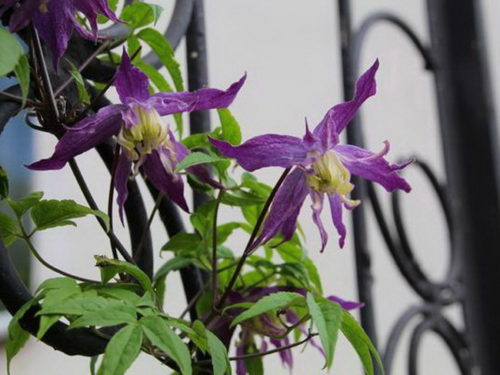
Princelys are an excellent option in garden landscaping, especially for growing on vertical surfaces. The advantages of the culture is that there are a large number of plant varieties with abundant flowering. It is completely unpretentious in care, can grow in a half-way and there are frost-resistant species.

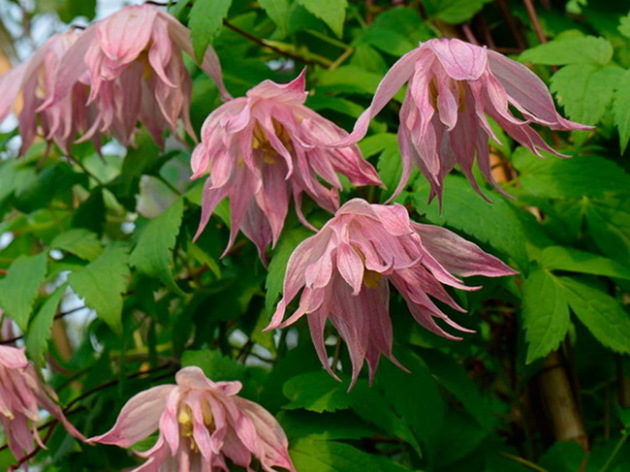
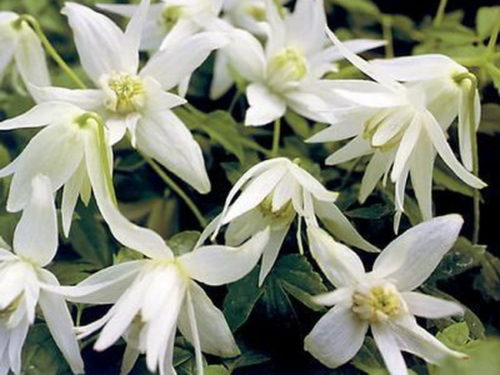


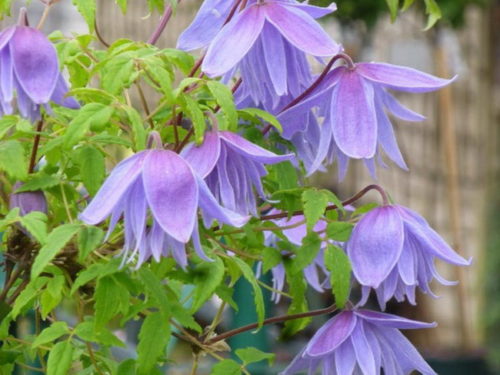
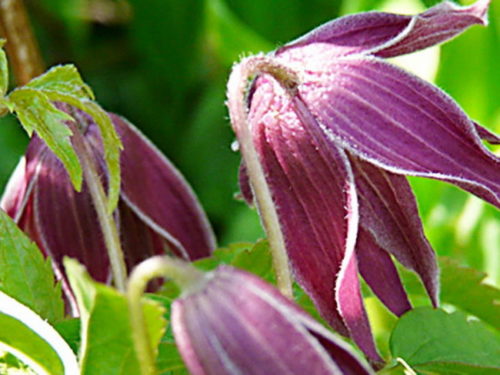
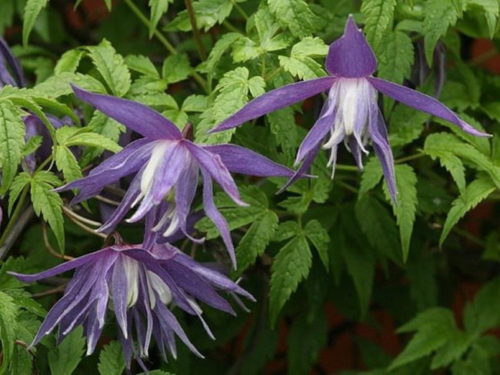
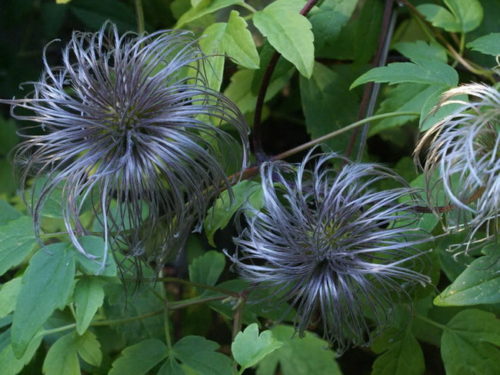
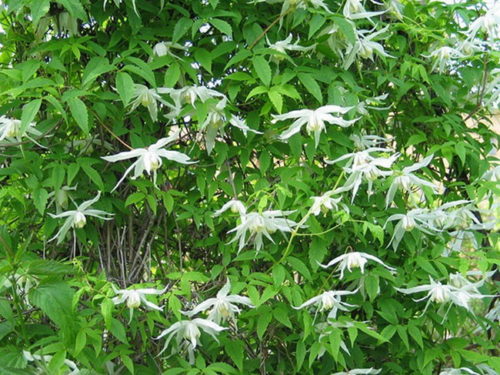
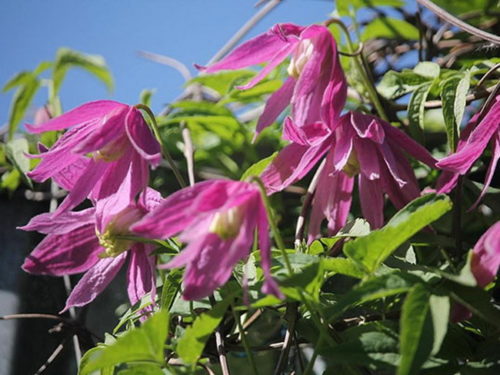
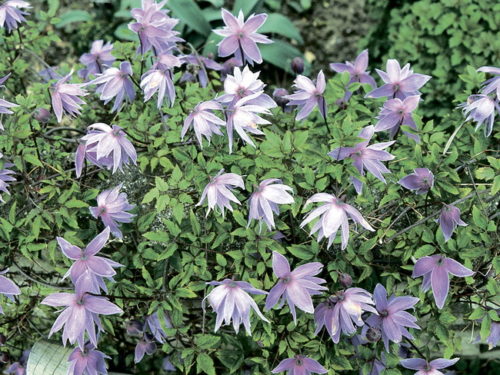
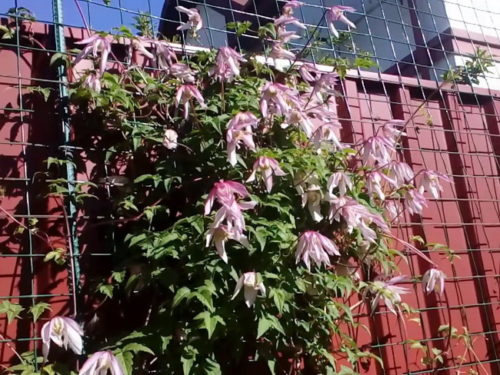
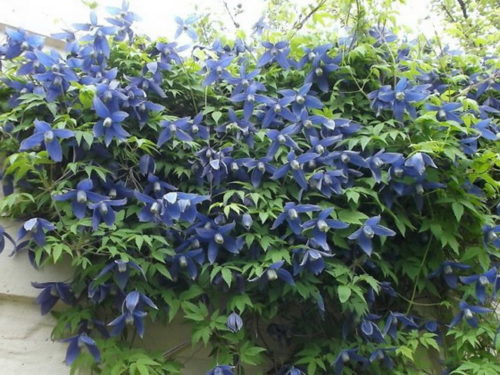
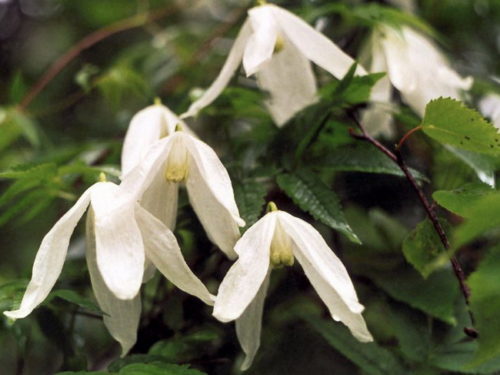
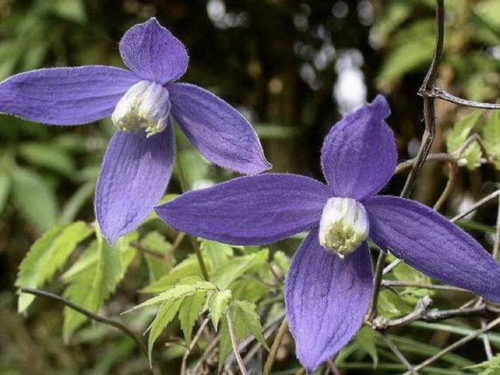
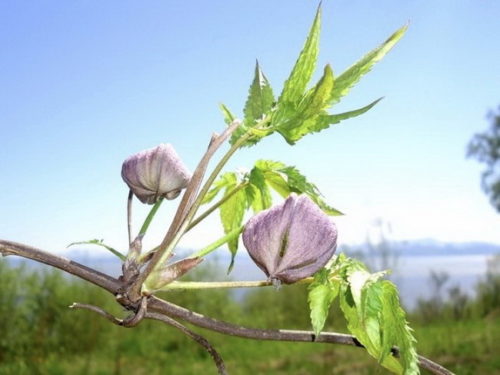
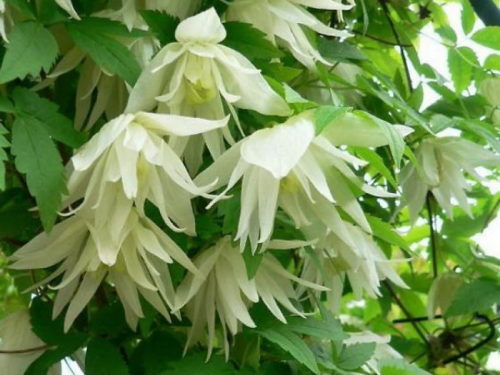


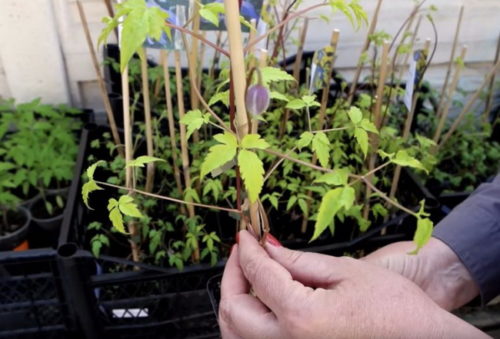
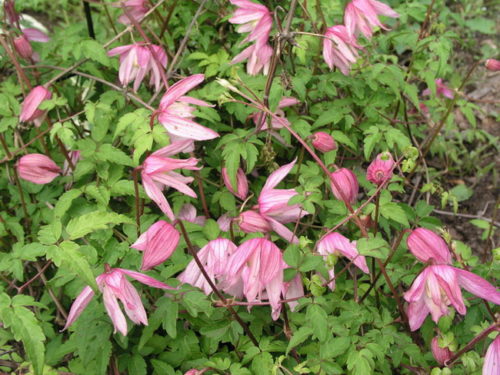
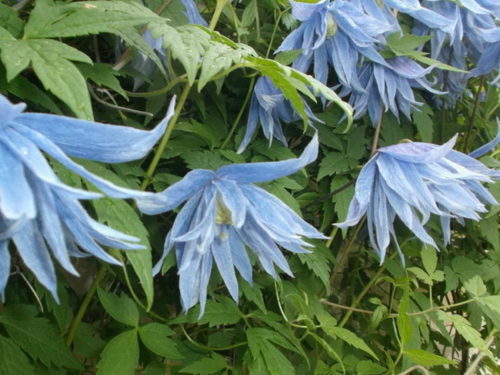
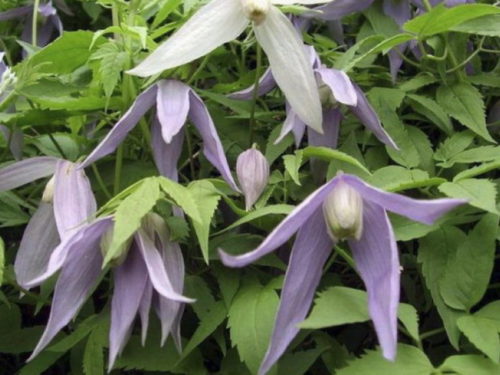
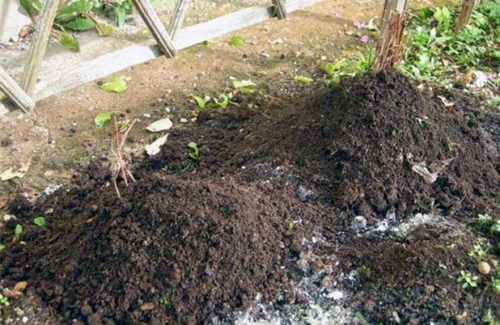
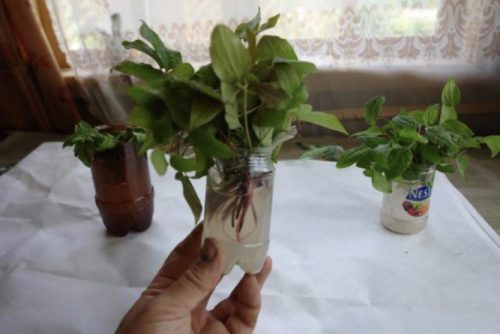
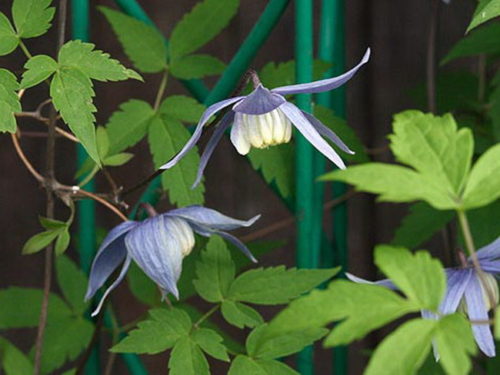
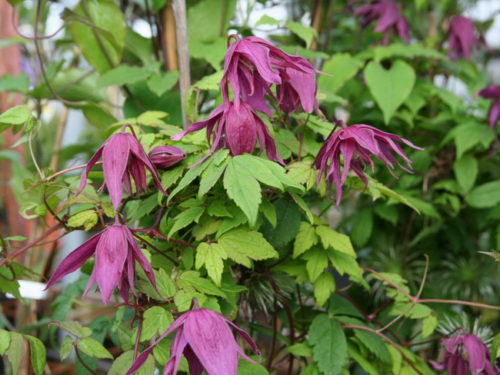
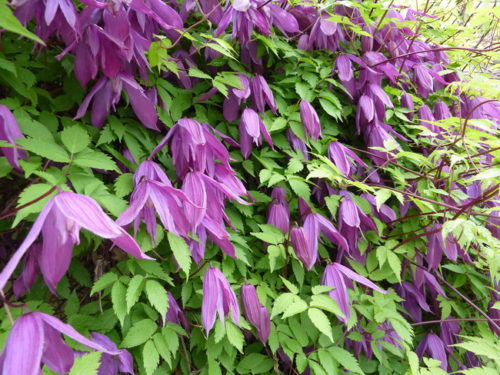












 Start a discussion ...
Start a discussion ...